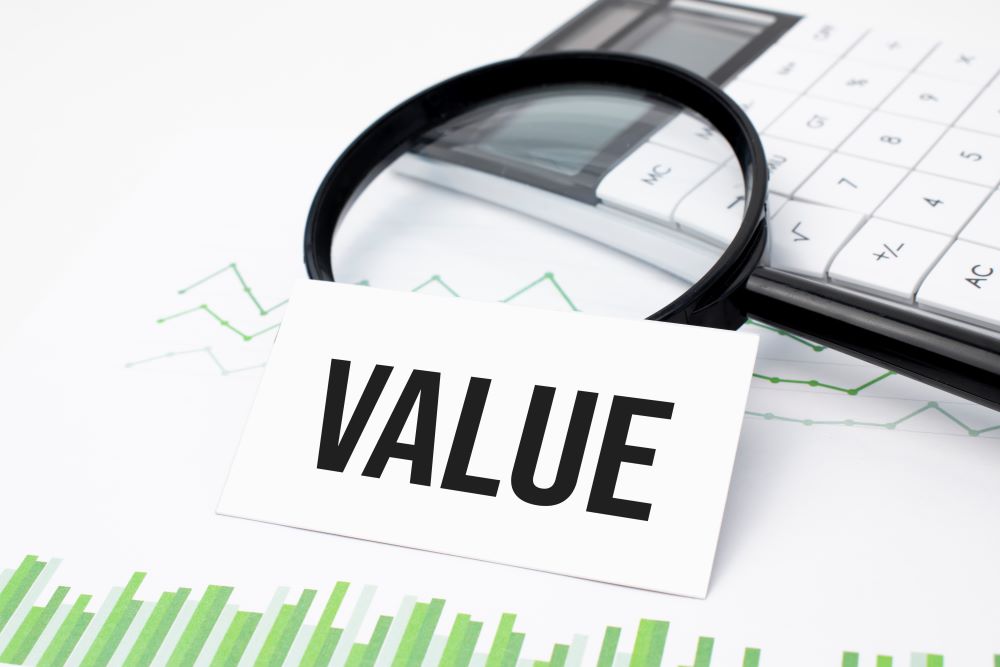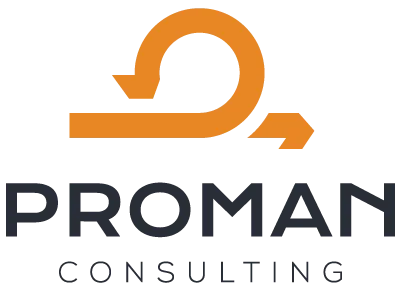What is business value and why is it important?
Whether it's project management or product development, the goal is to create business value. The more value a product or feature provides to users and customers, the greater its success. In this article, we look at what is meant by the concept of business value. We will show why it is important to define it and how to incorporate it into your projects. We also discuss how to calculate and measure it, and the relationship between business value and agility.

The concept of business value
Business value is nothing more than what a product or feature creates for customers or users.
Determining the business value of a product is not an easy task. Many elements can influence it, including the personal opinions of different stakeholders.
The business value of project work sets the direction of the team's work on the product. Therefore, it is worth making an effort to define the business value and understand what the needs and problems of the users are and how they may change during the project.
The agreed business value must be understood and agreed by everyone - customer and team. Only then is collaboration and transparent communication possible throughout the project.
How is business value defined?
For organisations, value is usually associated with some kind of material benefit.
This could be:
- revenue, profit from the sale of the product
- in the long run, the company's growth thanks to a valuable software that brings new customers
But business value is not necessarily about revenue growth. For example:
- reducing costs
- minimise the risk
- ensuring customer/constituent satisfaction
- developing innovation
- shortening delivery times
- improving quality
- increase productivity, efficiency, etc.

Why is it important to define business value?
A clear understanding and articulation of the core business value of products and services enables the development team to develop products and services according to the defined values.
However, it is also important to bear in mind that business values can change over time.
PLEASURE: When developing a mobile app, the core business value is that users download the app. Later on, when many people have done so, the business value changes and is modified to get more people to use the app.
As business value depends on many factors, it needs to be constantly monitored and redefined if necessary.
User value: the most important business value
Not all business values have the same priority, so it is worth prioritising them. The most important is user value.
Products and services must always meet the needs of users, so it is necessary to examine these and determine what is important to consumers.
User value is built by meeting different types of people's needs. The more user needs a product serves, the more likely it is to succeed.
The goal is never to clutter development with features, but rather to find the values that matter most. That is, to create unique value. People use products because of their value, and because of that they become engaged and loyal.
What are the key elements of user value to consider?
- Relevance - How does the product solve customers' problems or improve their situation?
- Quantified value - What are the exact benefits of the product?
- Differentiation - How is our product different from others on the market?
Calculation and measurement of business value
Not only defining business value, but also measuring it in practice is key. This requires elements such as value, delivery time, cost and measurement method to show exactly where we are.
Let's look at this through an example:
- Problem: The customer service department spends a lot of time manually handling problem reports, which takes about 1 hour per customer.
- Value: Save staff time by automating problem reporting.
- Target value: 15 minutes per notification
- Execution time: 3 months
- Solution: Automated system for reporting problems
- Measurement method: Time spent logging problems
- Costs: hours worked/wages payable
This value approach is supported by agile methodologies to ensure that the product creates business value.

Agility and business value
Agile methodology ensures that projects and product developments are useful and deliver business value.
The Scrum Guide says that scrum is a lightweight framework that helps people, teams and organisations create value through adaptive solutions to complex problems.
Interesting fact: There have been many studies on how agility is reflected in the results of development work, and the conclusions are clear.
Participants from 5183 Agile teams worldwide reported 67% higher productivity, 65% better quality and 49% lower costs.
Scrum, or kanban, allows you to organise product development in a way that always focuses on business value. This is how projects are managed, tasks are assigned and business goals are set.
Product backlog
The product backlog is a list of user stories, common tasks, needs, ideas, everything that helps to create the final product. Sometimes customer requirements do not define the business value behind them, so building and discussing the backlog allows these to be clarified.
Every product or feature should have a purpose that provides value, and if this value is not visible during development, it is important to discuss this with the customer. If necessary, even question the requirements if the business value is debatable.
Simply because only a product that has value will be successful, so all projects should follow this approach.
Backlog sprint
It is important to create a backlog sprint based on the product backlog, where the values are clearly visible. This allows the team to plan the sprint by assigning the right order of tasks and defining the definition of done. This should be measurable and it is important that it meets the business values.
Inkrementum
It is useful if the client is involved in the development process. Scrum helps with this because it allows developers to deliver functionality in shorter iterations, after which customer feedback is crucial for further development.
In addition, involving the customer in the product development process allows them to make decisions more easily. They will be more aware of the challenges they face and better understand the reasons behind the need for any changes.
Retrospective meeting
A great way to improve the quality and efficiency of work is to have a retrospective meeting or retrospective ceremony. It is an opportunity to discuss the lessons learned during the sprint, share ideas and, on that basis, identify actions for further improvements and necessary changes.
At the same time, treating the customer as a team member also allows them to share the same level of knowledge and insight into changing requirements as our team. We can also check that our way of working supports business value creation.
Flexibility, one of the greatest values
Every project is different, as are the client's needs and the product's specificities. It is therefore advisable to be flexible and always choose the working method according to the situation, skilfully combining agile and traditional methods.
The agile methodology is not only the most beneficial from a project management perspective, but also, for example, the most effective for ensuring the business value of software projects, which is a key factor for product success.
Would you like to deepen your knowledge of agile methodologies? Develop your practical tools and get international certifications! Check out our current Agile training courses!

 Designabc
Designabc